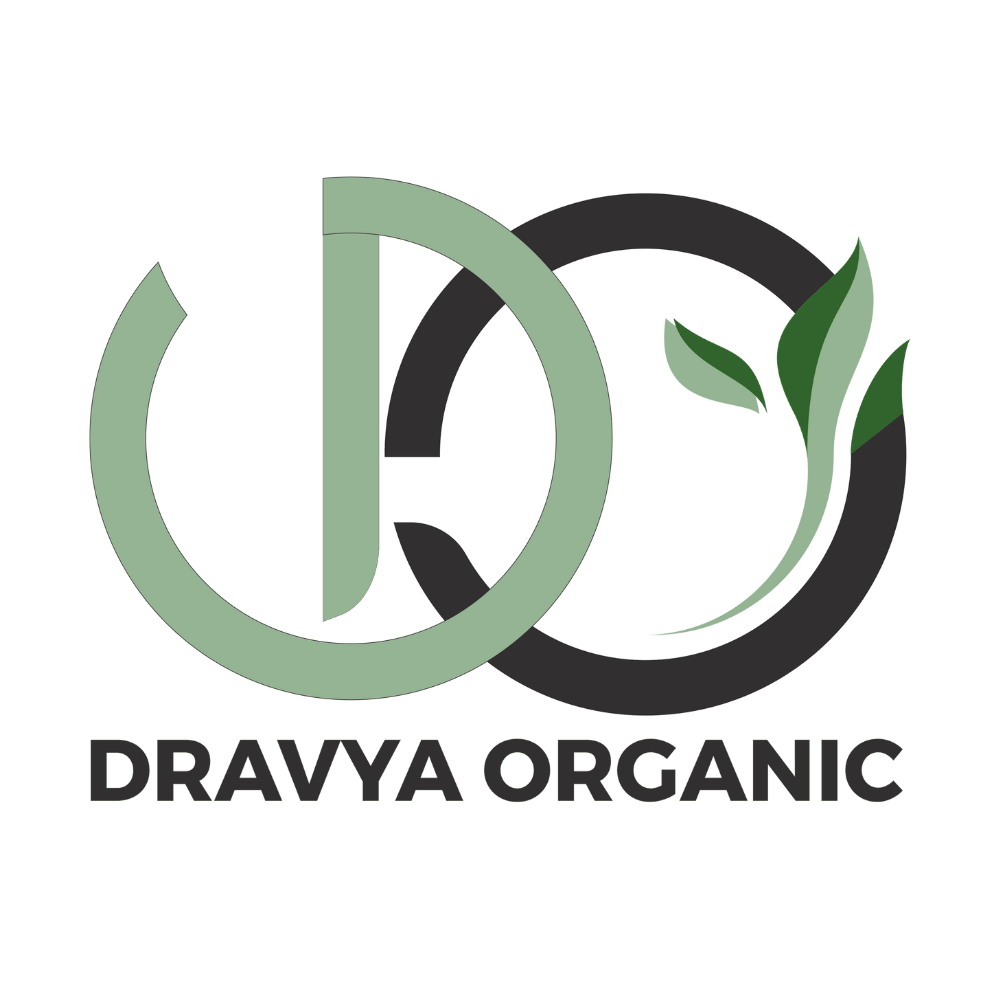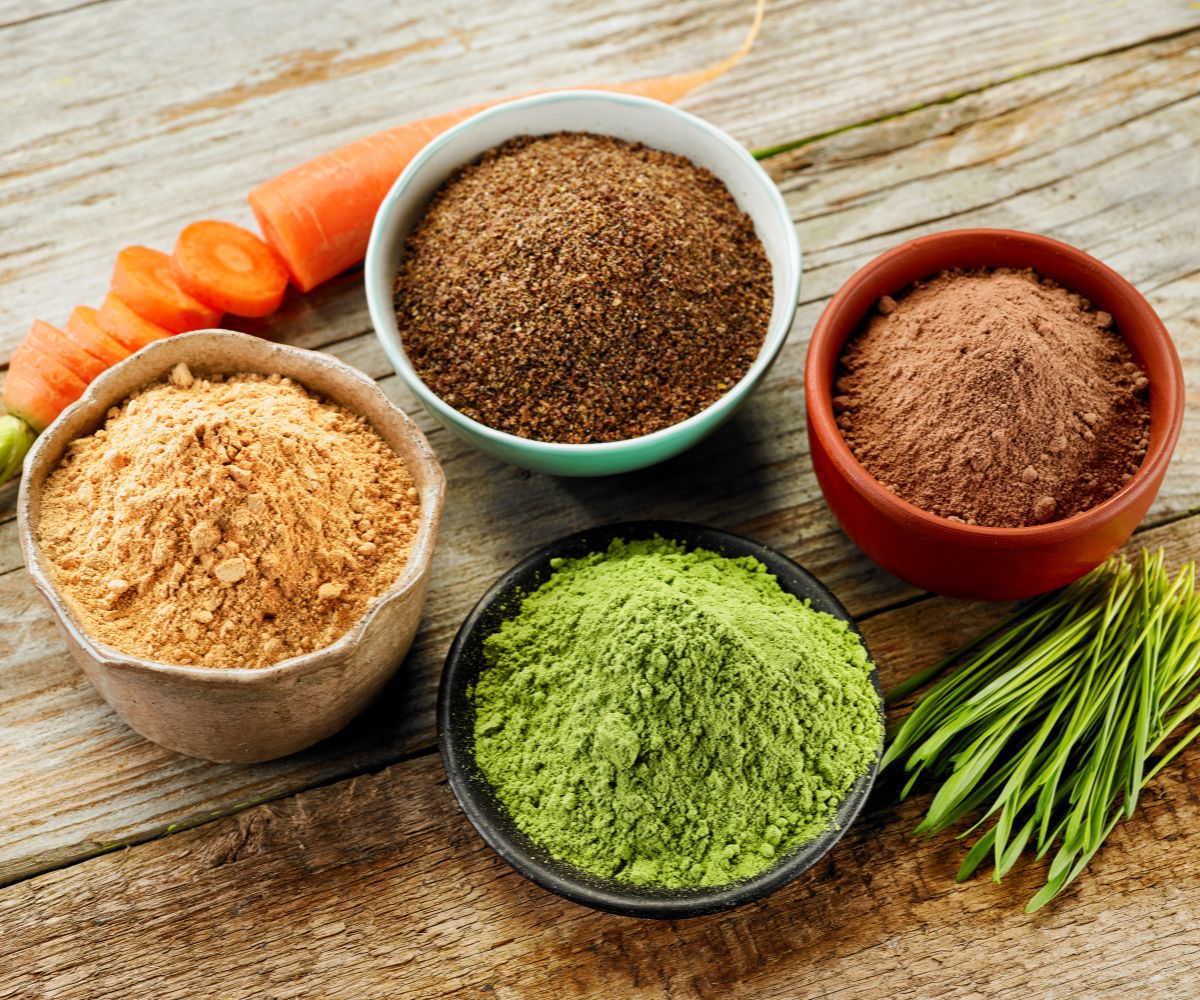Plant-based extracts have become the cornerstone of various industries including nutraceuticals, cosmetics, pharmaceuticals, and food. But have you ever wondered how these powerful bioactive compounds are extracted from raw plants? From traditional methods to cutting-edge technologies, each extraction process offers unique benefits depending on the nature of the plant and desired compounds.
In this blog, we’ll dive into the top 5 plant extraction methods — what they are, how they work, and when to use them.
🌿 1. Steam Distillation
Best For: Essential oils (lavender, eucalyptus, peppermint)
How It Works:
Steam distillation involves passing steam through plant material to vaporize volatile compounds. These vapors then condense into liquid, separating the essential oil from water.
Advantages:
- No need for solvents
- Preserves aromatic properties
- Ideal for large-scale production
Limitations:
- Not suitable for heat-sensitive compounds
- Limited to volatile components
🌱 2. Cold Press Extraction
Best For: Citrus peels, seed oils (like flaxseed or sunflower)
How It Works:
Plant material is mechanically pressed at low temperatures to extract oils without any heat or chemicals.
Advantages:
- Maintains nutrient integrity
- No chemical use
- Eco-friendly
Limitations:
- Lower yield
- Not suitable for all types of plant matter
🧪 3. Solvent Extraction
Best For: Alkaloids, flavonoids, and other non-volatile compounds
How It Works:
Solvents like ethanol, methanol, or hexane are used to dissolve bioactive compounds from plant material. The solvent is later evaporated, leaving behind the extract.
Advantages:
- Efficient for complex phytochemicals
- High yield
- Suitable for heat-sensitive compounds
Limitations:
- Solvent residues can be harmful if not properly removed
- May require additional purification steps
💧 4. Maceration
Best For: Delicate flowers and herbs
How It Works:
Plant material is soaked in a solvent (usually oil or alcohol) at room temperature for a period of time, allowing the bioactive compounds to infuse into the liquid.
Advantages:
- Simple and inexpensive
- Suitable for small-scale and home-based extractions
Limitations:
- Time-consuming
- Less efficient than other methods
❄️ 5. Supercritical CO₂ Extraction
Best For: High-value extracts like cannabinoids, terpenes, and omega fatty acids
How It Works:
Carbon dioxide is brought to a “supercritical” state (having both gas and liquid properties) and passed through the plant material. This acts as a clean solvent to extract a wide range of compounds.
Advantages:
- No toxic residues
- Adjustable selectivity
- High-quality, full-spectrum extracts
Limitations:
- Expensive equipment
- Requires technical expertise
“
✅ Conclusion
Choosing the right extraction method depends on the type of plant material, the desired end product, and scalability. Whether you’re crafting premium essential oils or developing health supplements, understanding these methods helps ensure purity, efficacy, and sustainability.


